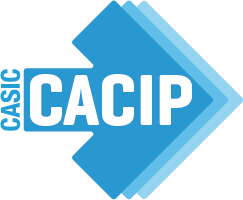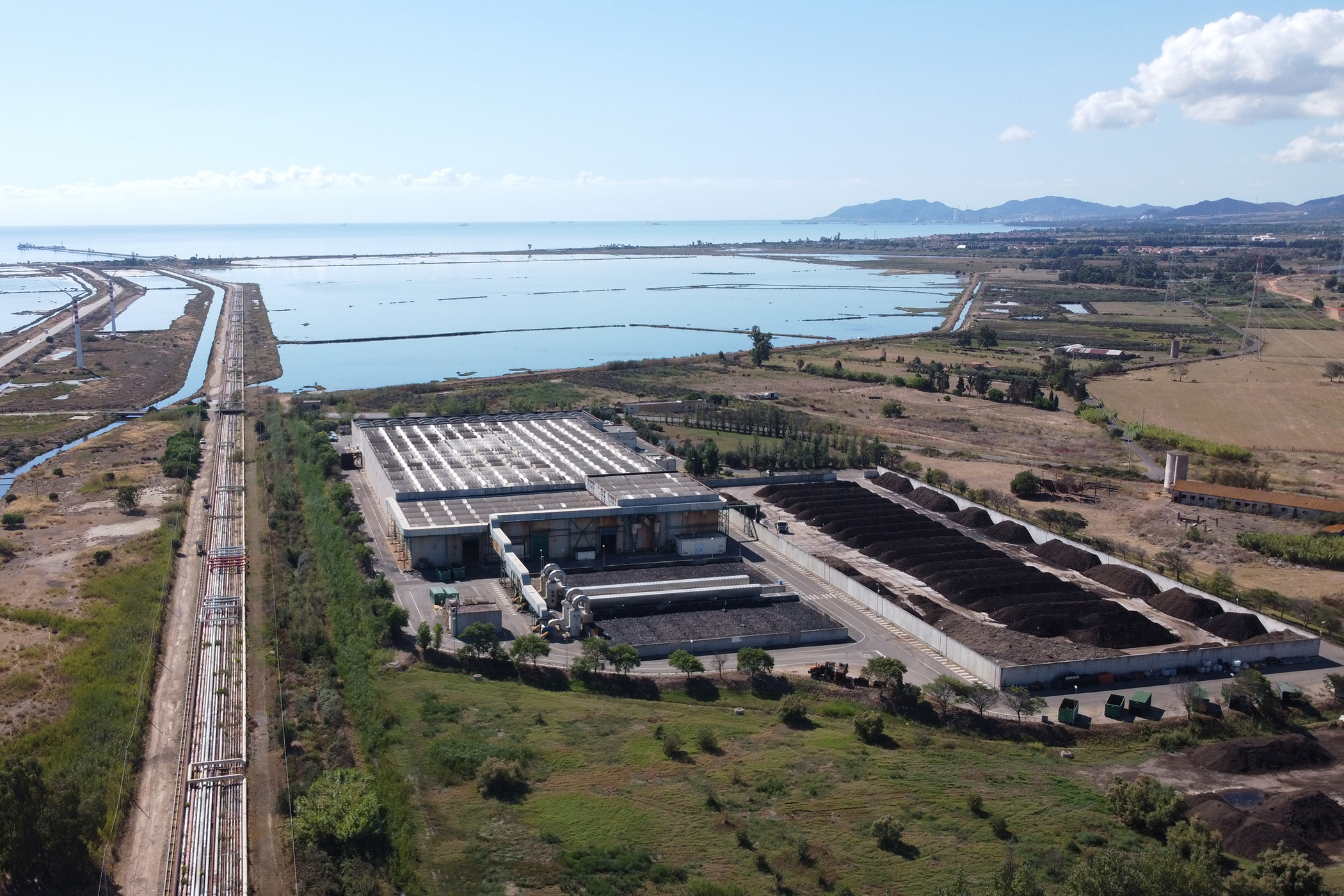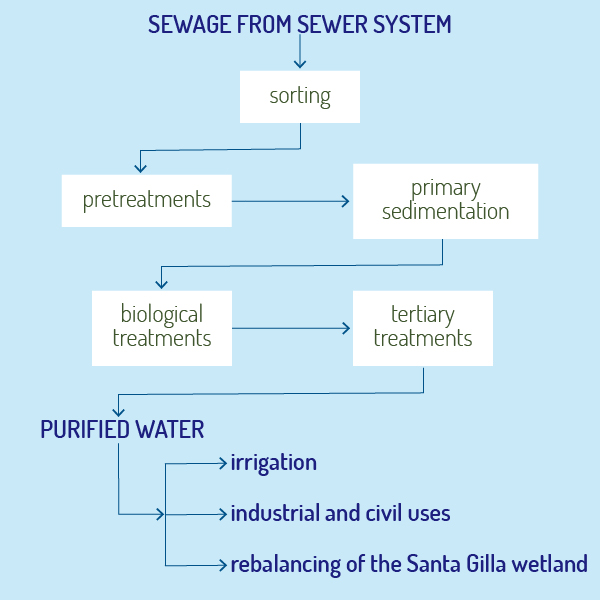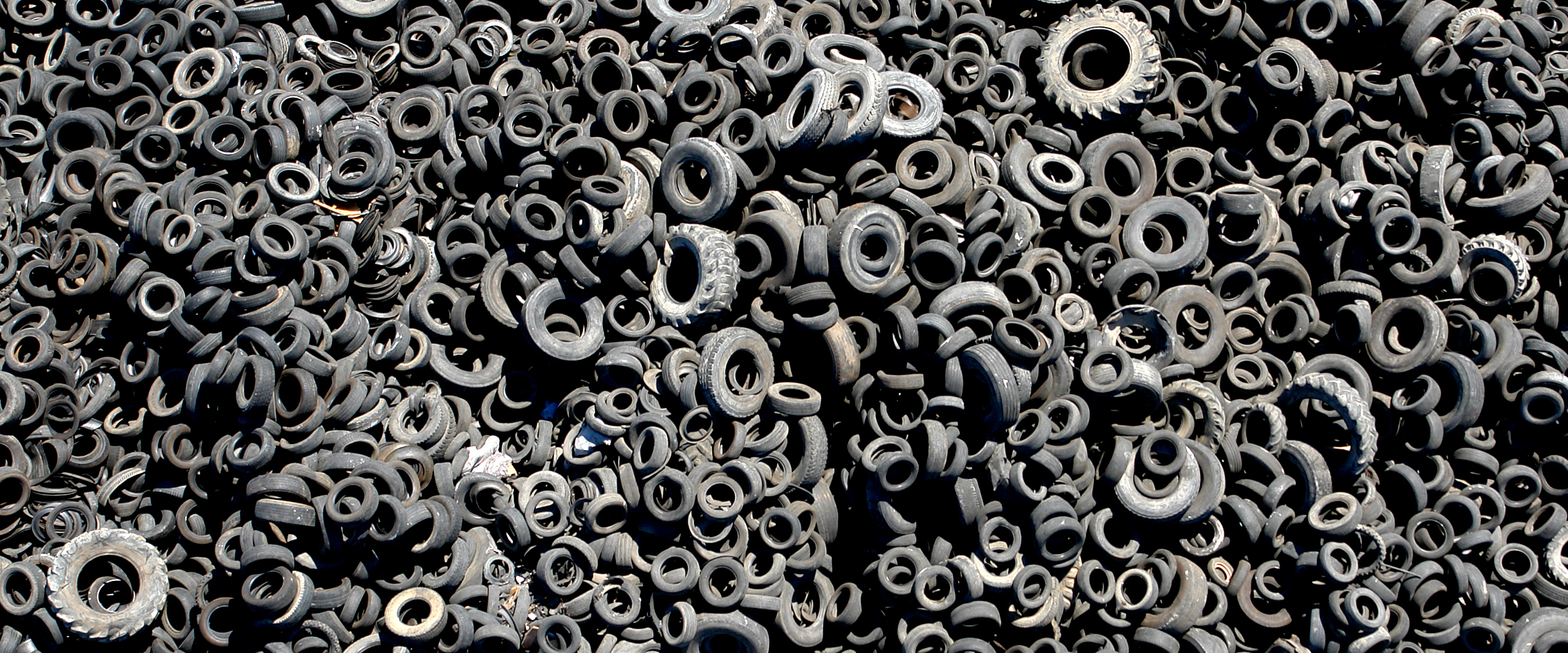The environmental platform of Macchiareddu, managed by Tecnocasic spa (which is wholly-owned by the Consortium), is an integrated system for waste treatment, energy recovery and the reuse of treated water. This single technology area comprises a waste-to-energy plant, a chemical-physical waste treatment and inertisation plant and an industrial and urban wastewater treatment plant.
The environmental platform of Macchiareddu operates in full compliance with environmental requirements and plays a key role in the disposal of municipal solid waste, special and toxic-hazardous waste, biological and industrial sludge and wastewater for local authorities, companies and private citizens.
The sophisticated plants, using the best available technologies, and the high professionalism and experience of its personnel, make the Macchiareddu Environmental Platform an outstanding facility, in the Region of Sardinia and beyond, for the integrated treatment of waste.
The integrated system
The integrated system for waste treatment, energy recovery and reuse of purified water means that our waste-to-energy plant is completely self-sufficient in terms of energy consumption. The electricity generated by our waste-to-energy plant from the combustion of solid waste is partly used to power the plant itself and, for the remaining part, supplied to the national grid.
Waste-to-Energy
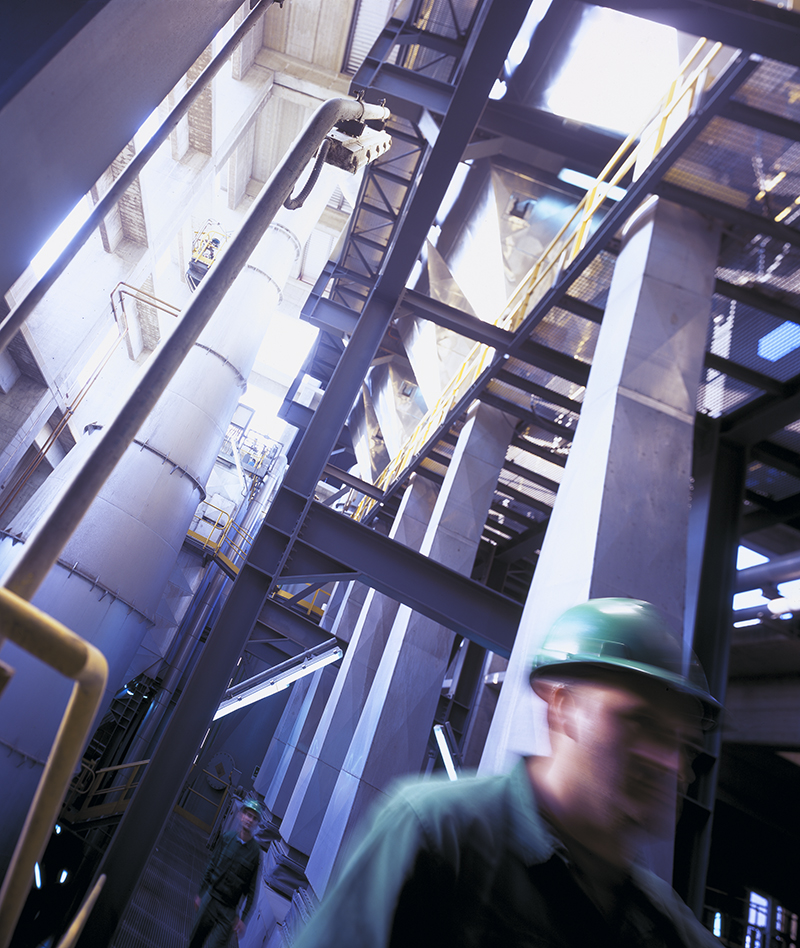
The Macchiareddu environmental platform manages one of the two waste-to-energy plants in the whole of Sardinia. The dried fraction of municipal and industrial solid waste – often destined for landfill – is transformed into electricity through the waste-to-energy process, making the entire environmental platform energy self-sufficient and making it possible to feed more than 40 million KWh of surplus energy into the national grid.
The three waste-to-energy lines have the capacity to treat 504 tonnes per day of municipal solid waste and 70 tonnes per day of special solid waste, industrial waste (solid and liquid) and sludge from the water treatment plant.
see also the Waste-to-Energy page in the NEAR FUTURE section of the website
Composting
The plant for the composting and stabilisation of the organic fraction of municipal and industrial solid waste has a composting line with a capacity of 24,000 tonnes per year of high-quality food waste and garden waste, to create a high-quality compost. The end product, rich in humus, active microflora and microelements, is suitable for a wide range of agricultural uses, from floriculture to open-field horticulture.
The stabilisation line has a capacity of 49,000 tonnes per year of the organic fraction from the mechanical pre-selection of municipal solid waste delivered to the waste-to-energy plant, yielding a biologically stable product ideal as a covering material for landfills or abandoned quarries.
The new treatment line for municipal food waste and garden waste, currently under construction, will also produce biogas and electricity, contributing to the zero emission target.
see also the Composting page in the NEAR FUTURE section of the website
Water treatment
CACIP makes a major contribution to water conservation.
The complex system of sewerage networks of the Macchiareddu Environmental Platform collects industrial and municipal wastewater from the industrial area and the neighbouring municipalities and conveys it to the Macchiareddu centralised water treatment plant.
The water is treated and purified and, through a complex and extensive network of aqueducts managed by CACIP via its subsidiary Tecnocasic spa, is distributed to farms for irrigation and to companies in the Cagliari industrial area for industrial and civil use, or is used to rebalance the ecosystem of the nearby Santa Gilla lagoon.
Wastewater treatment comprises two separate lines: one for urban wastewater with a flow rate of 600 litres per second, and one for domestic wastewater with a flow rate of 800 litres per second.
The water treatment line
Water treatment plants
Disposal of toxic and dangerous waste
Inorganic liquids such as spent acids and bases containing heavy metals, liquid waste containing cyanide or chromium, photographic processing liquids, oily emulsions and all kinds of solid wastes, including fly ash from combustion processes, slag, contaminated soils and many other types of processing residues are efficiently treated in the chemical-physical treatment and inertisation plant of the Macchiareddu environmental platform, with specific technology that removes the main polluting elements.
The treatments are carried out using the 15,000 t/y chemical-physical treatment line for liquid waste and the 40,000 t/y inertisation and stabilisation line for solid and liquid waste, which are the main components of the plant. In addition, specific lines are used to pre-treat liquid waste such as oily emulsions and solvent-contaminated water.
The liquid phase from the chemical-physical treatment line is sent to the nearby purification plant, also owned by the Consortium, where treatment is completed.
The solid residues are treated to obtain final stabilised waste, which can be sent to landfill as inert, hence non-polluting, waste.
Catchment area
The environmental platform at Macchiareddu is the point of reference, within the regional waste plan, for the metropolitan area of Cagliari and the whole of southern Sardinia, serving a catchment area comprising 30 municipalities: Assemini, Barrali, Burcei, Cagliari, Capoterra, Decimomannu, Decimoputzu, Dolianova, Domus de Maria, Donori, Elmas, Maracalagonis, Monastir, Monserrato, Pula, Quartu Sant’Elena, Quartucciu, Sant’Andrea Frius, San Sperate, Sarroch, Selargius, Senorbì, Serdiana, Sestu, Settimo San Pietro, Sinnai, Soleminis, Ussana, Uta and Villa San Pietro.
